Twitter has competition. Since Elon Musk took over the “Blue Bird,” newer social media platforms have been keen to take advantage of the networking giant’s perceived vulnerability. And while Spill, T2, and Mastodon have already tried to usurp Twitter, Damus is the newest platform to make a move. But what is Damus? Read on to learn everything you need to know about this new, decentralized, web3 social media platform.
- Unpacking Damus: a truly decentralized social platform
- What is Nostr?
- What is the Nostr-Bitcoin connection?
- Is Nostr a part of the Bitcoin narrative?
- Now we know about Nostr… What is Damus?
- Damus features in brief
- Damus pros
- Damus cons
- Damus vs. Twitter vs. Mastodon
- What is Damus: the future?
- Frequently asked questions
Unpacking Damus: a truly decentralized social platform

Damus touts itself as the “Twitter Killer.” But we have heard that before. Let us delve deeper.
Damus is a standard decentralized social media platform with a minimal UI built atop the popular decentralized social media protocol, Nostr. It is crucial to note that Nostr is the protocol (software) here, and Damus is the actual app. And they together sound a lot like Nostr-Damus (Nostradamus) — the French astrologer.
Here is what the interface looks like:
Sponsored
And while this Nostr-based iPhone/iPad app is called Damus, we can call its Google variant Amethyst. Damus aims to cut censorship from social interactions whilst serving as the go-to end-to-end messaging setup.
Damus is available on the App store (after much deliberation from Apple). But check out the mandatory “App Privacy” section associated with the app.

In simple terms, Damus — the Twitter Killer — is truly decentralized and is quick to state it doesn’t capture or collect user data. Yet, to know Damus fully, we must understand Nostr in its entirety.
What is Nostr?
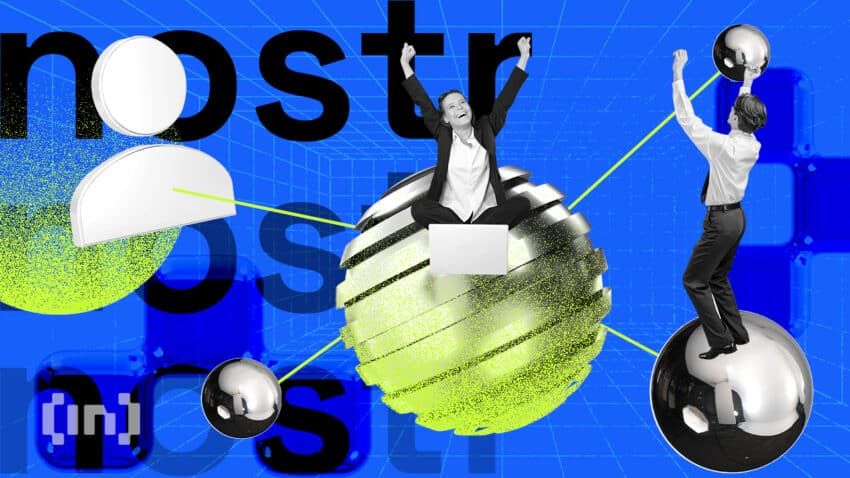
Nostr is a social media protocol focused on data management and decentralized identity. The protocol uses several cryptographic keys. To use Nostr or any Nostr-powered decentralized network, you only need a cryptographically generated public and a private key. With Nostr as the backbone, anyone can attempt to build a decentralized network.
If you want to follow Nostr development closely, here is the Github profile for reference. Nostr Github comprises a repository and open code for anybody to build decentralized networks.
Who is behind Nostr?
Firstly, there is no organization running Nostr. As mentioned, it is an open-source protocol, with a few developers contributing toward the codebase and aesthetics. However, Fiatjaf laid the stepping stones.
For the unversed, Fiatjaf — the pseudonymous programmer — is closely associated with Bitcoin’s lightning network. On top of that, Nostr has a celebrated lineup of contributors and testers in Senator Lummis, Vitalik Buterin, Jack Dorsey, and Edward Snowden.
Nostr: why the name?
If you’re into web3-specific open protocols, Nostr may have caught your attention. Unabbreviated as Notes and Other Stuff Transmitted by Relays, Nostr is a protocol that powers decentralization-focused networks.
Dumb relays — the Nostr Nodes — are the building blocks of this open protocol. These relays move data from one point to another, fulfilling a social network’s role. They are termed dumb because they cannot interpret and process data, thereby keeping user information private.
And while these are standard decentralized relays, Fiatjaf recently proposed a handful of paid and safer relays. These allow the protocol to encounter spam in a more concentrated manner.
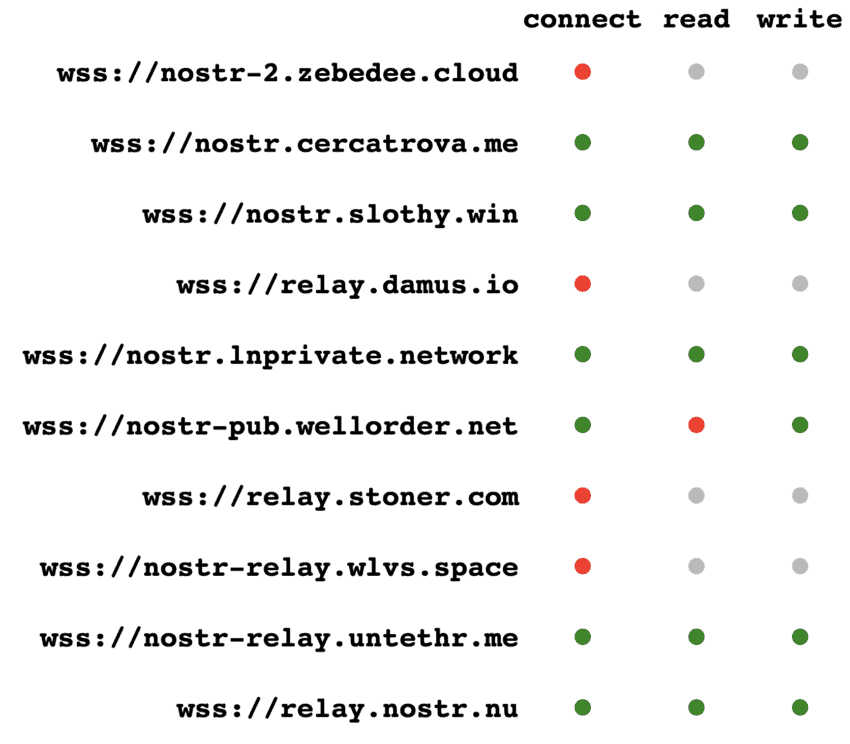
But that’s not the only reason for the name. Nostr resembles the Spanish word Nuestro — which means ours. And with decentralization at its core, the concept of “Ours” sounds all the more relevant.
Social ecosystems powered by the Nostr protocol are truly decentralized networks with zero dependencies on centralized servers. As it is a base-level protocol, over time, many decentralization seekers might end up deploying it to develop impactful apps. Start9, a company dealing in home servers, is already using Nostr relays to grow.
The Jack Dorsey connection
Open protocols like Nostr often get the support of the more established players within the social networking space. Jack Dorsey, the former Twitter CEO, donated almost 14 BTC, worth $245,000 at the time, to funding Nostr in 2022.
Upon receiving the funds, Fiatjaf took to Twitter, mentioning that half the funds were instantly sent to DFND — Damus Foundation for Nostr development.
Here is the GitHub implementation of the so-called Expensive or paid relays. When Damus — the Nostr-powered decentralized network — went live on the Apple App store — Dorsey tweeted the news.
What is the Nostr-Bitcoin connection?
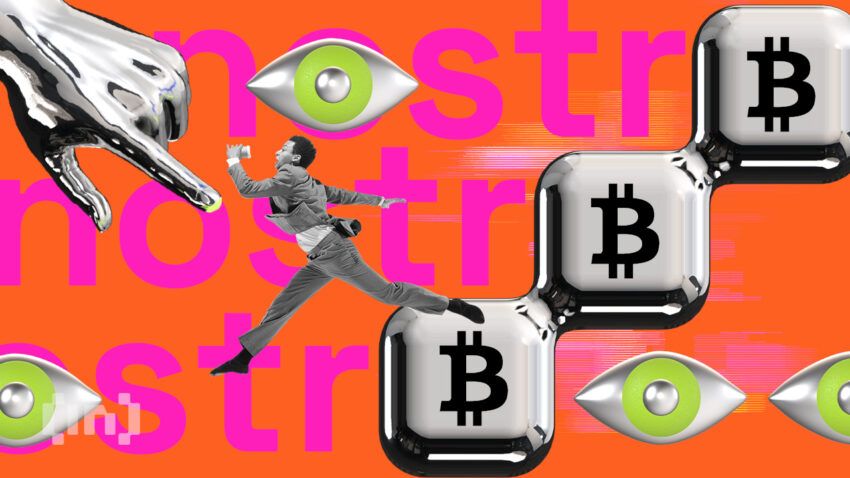
Nostr has a couple of Bitcoin-specific connections. Firstly, its creator Fiatjaf was originally associated with the Bitcoin Lightning network. And secondly, the Nostr-powered decentralized network seamlessly integrates with the Lightning Network to move tips to content creators.
If you like any post, article, or content on a Nostr-powered platform, you can quickly use Strike — a payments app and the underpinned lightning network — to send a small sum to the author. The payment can be made in Sats, which the purists deem as the official Nostr currency. This also helps push Bitcoin further into the mainstream.
Is Nostr a part of the Bitcoin narrative?
Nostr is no blockchain-derived offering with a native token. It’s a social media protocol, and the two entities are entirely different. Yet, just like Bitcoin, Nosr aims to be permissionless. It’s also key that a major chunk of Nostr’s contributors and users have also been a part of the Bitcoin ecosystem, including Fiatjaf.
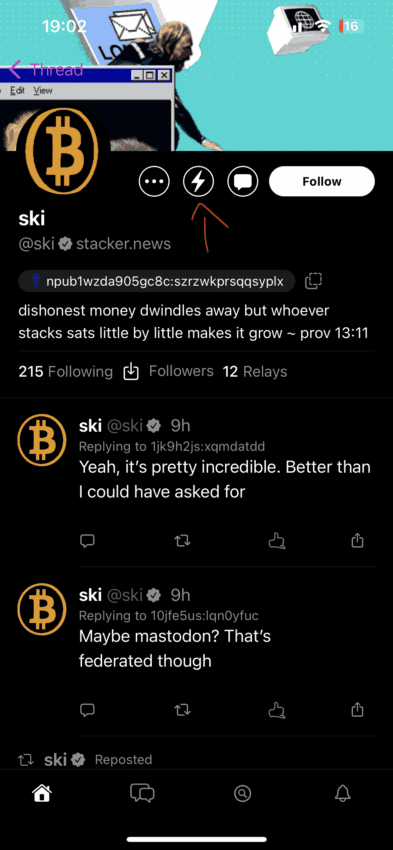
Therefore, Nostr and Bitcoin are connected by vision. William Casarin — the brain behind Damus — took to Twitter on Oct. 21, 2022, to tease a Lightning Tip button. And now that the Damus app is on the Apple App store, the lightning button has arrived and is functional.
It makes sense, then, that the Bitcoin community is enamored with this uncensored social platform. Jack Dorsey is a Bitcoin maxi. And, with Damus paving the way for Bitcoin’s layer-2 payment support of Lightning, the community expects this Nostr-powered app to change the game for social media.
Edward Snowden, the NSA whistleblower, has publicly stated that Damus might be able to replace the likes of Instagram and Twitter.
Snowden is already on the Damusapp.
Now we know about Nostr… What is Damus?
Damus, or the Damusapp, is a social network controlled by its users. Developed by William Casarin, Damusapp initially struggled to get listed on the Apple App store. And after multiple attempts at drafting the EULA (End-User License Agreement) for the app store, Damus finally resorted to ChatGPT. And that completes the AI meets decentralization saga!
As of Feb. 2, 2023, the Twitter profile of Damus already has over 23.7K subscribers. Over time, Damus aims to subvert legacy social networking projects to bring forth the next wave of web3 social networking.
Damus features in brief
Now that we know a fair bit about Damus. Let’s look at its crucial features:
- Censorship resistant
- Offers end-to-end encryption
- Damus is one of the clients that can talk to the Nostr protocol and the associated databases (relays). You can simply download the app and start pushing out messages.
- It doesn’t need users to log in using email IDs and phone numbers
- Has a team of 44 developers, with William Casarin leading the team
- The operational schema can be developed further to work as a decentralized identity-verifying resource
- Supports tipping using the Bitcoin lightning network
- Plans to develop bridges with the likes of Bluesky and Mastodon
- Like Nostr, Damus has a ready GitHub presence
- It also has an Android version, termed Amethyst
- The concept of independent relays can help subvert existing corporate messaging tools like Slack, helping companies set specific relays with specific employees. As every device running Damus would be a touchpoint, server outages would be out of the equation.
Damus pros
The features are more than adequate to push forth the much-preferred narration of decentralization. But here are some more pros that further the case of this one-of-a-kind decentralized network.
Sponsored Sponsored- Public key-specific user discovery is quite innovative.
- The lightning network usage for tipping is fast.
- Nostr relays in play help Damus fend off DDoS attacks
- Much more efficient than the federated social network picks like Mastodon
- It’s censorship resistant; hence, views can never be truly blocked. If one relay stops, you have other dumb relays for thought sharing.
- It aims to become a decentralized database, which can be one of the many possible Damus use cases.
- Lowers over-reliance on blockchain and immutable ledgers as the choice of decentralized database.
- Unlike traditional databases, it follows a web socket form of querying, where data can be queried and grabbed in real time.
Damus cons
- The messaging relays need to be in sync. This means for your friend to relieve a Damus message from you, he or she should be running the same relay. Hence, it’s not peer-to-peer.
- Public keys still need to be distributed for your friends to verify the account.
- Adoption is still in its infancy, making the Damus interface look a tad empty compared to Twitter.
Damus vs. Twitter vs. Mastodon
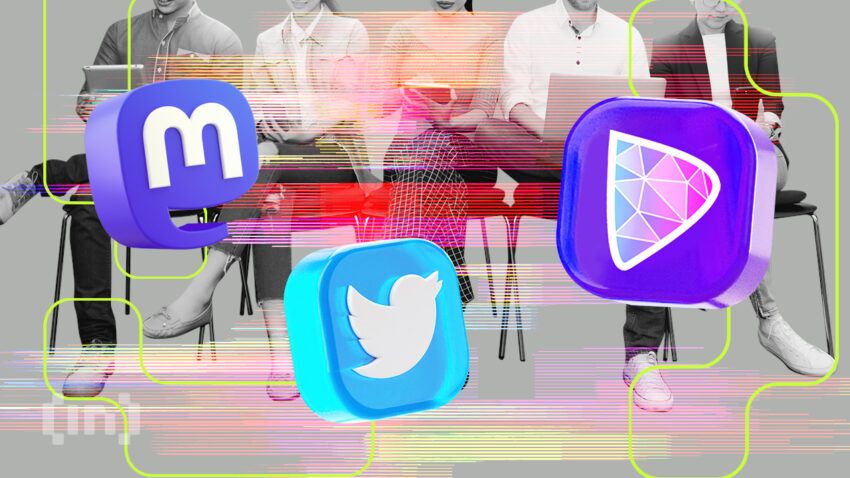
With the technical aspects out of the way, we shall move to a data-specific comparison focusing on Damus, Twitter, and Mastodon.
First, Twitter is an app where every user detail is stored on one centralized server. On the other hand, Mastodon comes with multiple servers, allowing admins to have different, partitioned social media platforms to work with. While the concept of partitioning works well, the threats of censorship remain as a server admin might behave as a dictator.
With Mastodon, users on different servers can communicate with each other. Twitter, however, allows this form of interoperability with other centralized bodies like LinkedIn and Instagram, where users can share Tweets directly.
Damus, however, works differently. There are no passwords or private contact details involved. If you log in using a device, Damus generates a public key (for verification and identification) and a private key to access the interface. Plus, you can immediately start pushing out messages as relays, with users on matching relays able to see the same instantly.
Even if the relay chooses not to display the message, the content still remains on other relays — making Damus censorship-resistant. You can subscribe to a user to align to that user’s relay.
Twitter versus Mastodon versus Damus: Comparison table
Here is a quick table with multiple parameters to help identify the differences clearly:
| Parameters | Mastodon | Damus | |
| Interface | Comprises likes, retweets, and comments | Comprises favorites and boosts. | Quite similar to Twitter |
| Account and usage | Single account with one server | Multiple servers and instances, with each server having an admin | Multiple relays to move information from one point to another |
| User-Count (as of Feb 2023) | 353.90 million users | 4.4+ million users | 45K+ on the first day |
| Privacy | Login requires contact details and email ID | Login requires an email address | Login doesn’t require any personal details |
| Censorship | Yes | Moderate | Minimal to zero |
| Open-source | No | Yes | Yes |
| Ease of usage | Easy | Moderately difficult | Very easy |
| Payments | Planned and to be introduced soon | NA | Already uses Bitcoin’s Lightning Network |
What is Damus: the future?
Damus, powered by Nostr protocol, could easily be the future of social media. By making private messaging safer and encrypted with a focus on relays, the web3 platform could be the so-called Twitter killer. With Nostr development expected to grow over time, Damus is set to amplify its offerings, making social interactions truly decentralized and interoperable.

